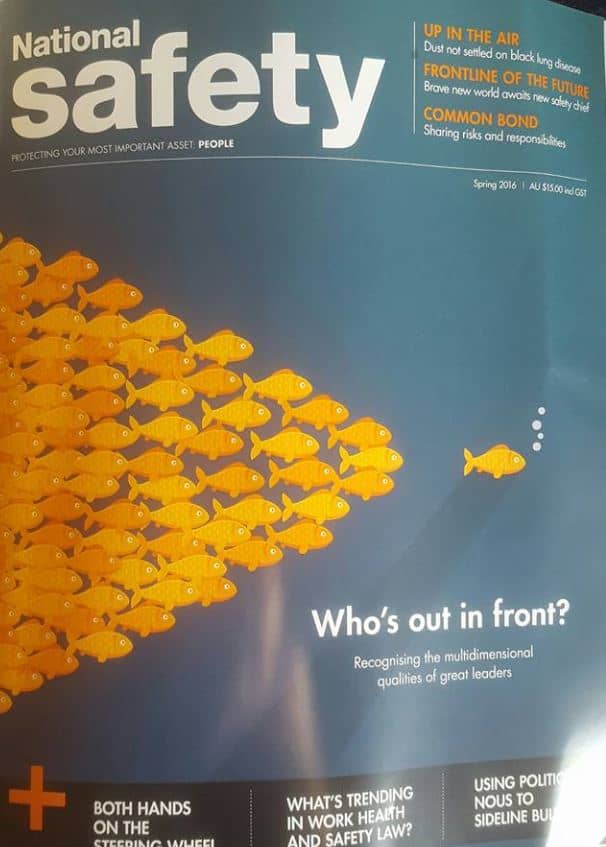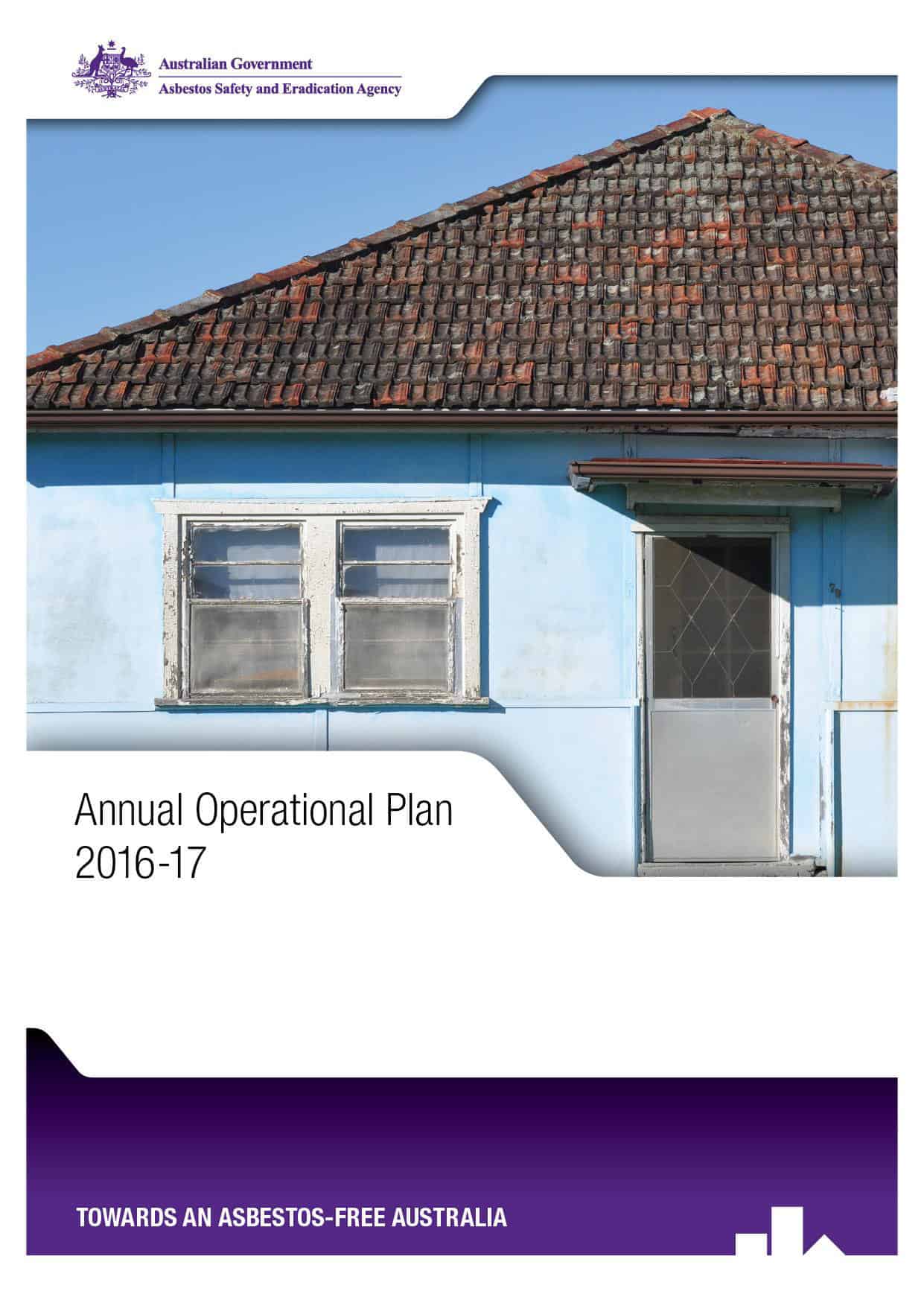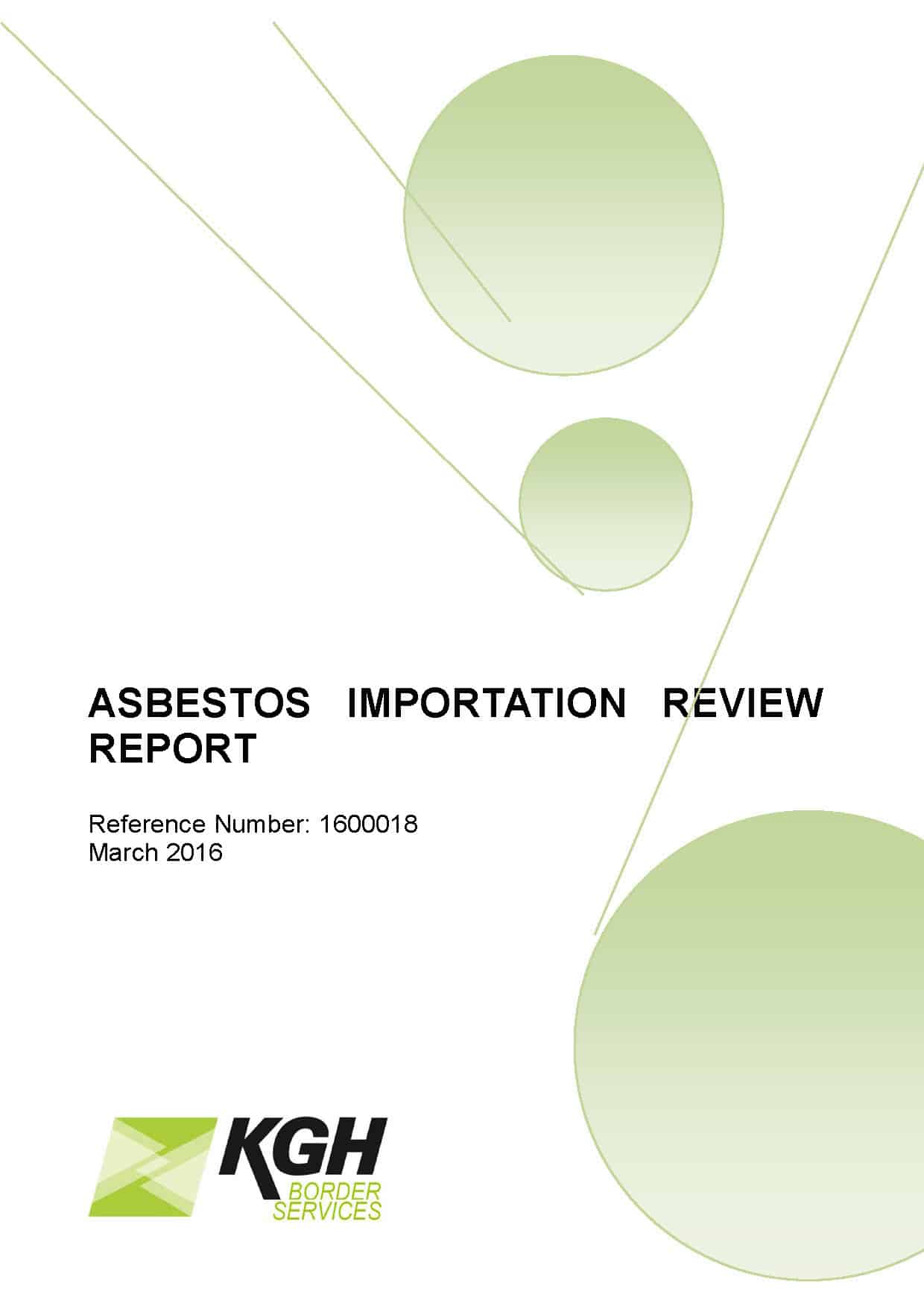 Fatigue and impairment are two of the most difficult workplace hazards to address. These are further complicated when they are contextualised in workplace mental health. So it is concerning when an entrepreneur produces a product that is meant to help address mental fatigue but that may also mask occupational health and safety (OHS) actions that are required to provide truly sustainable workplace improvement.
Fatigue and impairment are two of the most difficult workplace hazards to address. These are further complicated when they are contextualised in workplace mental health. So it is concerning when an entrepreneur produces a product that is meant to help address mental fatigue but that may also mask occupational health and safety (OHS) actions that are required to provide truly sustainable workplace improvement.
The Australian Financial Review (AFR, $), on 12 December 2016, reported on the establishment of a “smart drinks” company called Shine+. AFR reporter Misa Han, wrote:
“Shine+ is one of many companies who are trying to take advantage of professionals and students who take drugs in order to enhance their performance and brain functions.”


 In response to a question about leadership in small- to medium-sized businesses, Lacey said that leadership “applies to all”:
In response to a question about leadership in small- to medium-sized businesses, Lacey said that leadership “applies to all”: The attention given to senior executive leadership is an organisational echo of the economic
The attention given to senior executive leadership is an organisational echo of the economic  injury or death. The reasons given are almost always social ones, external to the workplace. A
injury or death. The reasons given are almost always social ones, external to the workplace. A 

